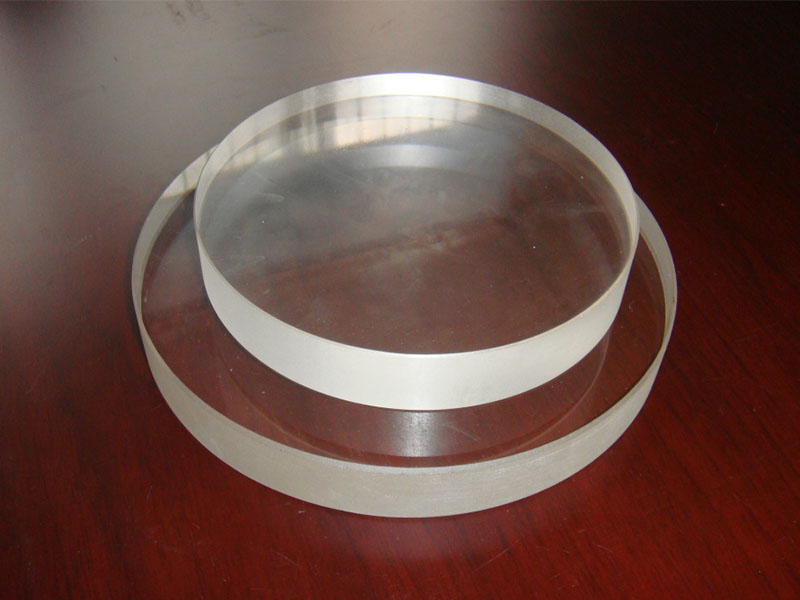Thermal insulation principle of insulating glass
Click:
-Time:2023-03-17 16:11
Hollow glass is composed of two or more layers of flat glass, sealed with a high airtight adhesive around it, and filled with dry gas in the middle. Dry, non convective gases can block the path of heat transfer, thereby limiting the temperature difference and heat transfer of glass, effectively reducing the heat transfer coefficient of glass. The interior is generally filled with inert gas to further reduce the heat transfer coefficient.

The biggest improvement of insulating glass is its thermal conductivity, not its thermal insulation performance. In the summer of the southern region, the heat entering the room through glass is mainly radiant heat, while the heat due to the indoor and outdoor temperature difference only accounts for a small portion. Especially in summer evenings, the excellent thermal insulation performance of insulating glass makes it difficult to dissipate indoor heat, which is detrimental to energy conservation.
If you are interested in the or need to consult, please call us +8613569413718.Pan Chao special industrial glass, Customize your persoalised glass products.
Welcome sending your inquiry: Phone :+8613569413718 Email: info@panchaoglass.com

The biggest improvement of insulating glass is its thermal conductivity, not its thermal insulation performance. In the summer of the southern region, the heat entering the room through glass is mainly radiant heat, while the heat due to the indoor and outdoor temperature difference only accounts for a small portion. Especially in summer evenings, the excellent thermal insulation performance of insulating glass makes it difficult to dissipate indoor heat, which is detrimental to energy conservation.
If you are interested in the or need to consult, please call us +8613569413718.Pan Chao special industrial glass, Customize your persoalised glass products.
Welcome sending your inquiry: Phone :+8613569413718 Email: info@panchaoglass.com
Related articles
- Characteristics and Precautions of Sight Glass
- How to select insulating glass
- Classification of industrial mirror glass
- What are the advantages of laminated glass
Recommend
- Characteristics and Precautions of Sight Glass
- Thermal insulation principle of insulating glass
- How to select insulating glass
- Classification of industrial mirror glass
- What are the advantages of laminated glass
- What is laminated glass
- Classification of tempered glass
- Characteristics and application of quartz glass
- Why choose Tempered Glass
- Introduction and dimensions of industrial viewing glass
Rank
- Application of high temperature resistant glass
- Precautions in the process of quartz tube cutting and picklin
- What Glass Has the Highest Temperature Resistance
- Comparison Between LOW-E Glass and Ordinary Insulating Glass
- Importance of Optical Glass Lens
- What are the advantages and disadvantages of quartz tube heat
- ultra-thick tempered sight glass for submarine
- What is Infrared Optical Quartz Glass
- The difference between high borosilicate glass, medium borosi
- The process of toughening of borosilicate tempered sight glas
Latest articles
- Characteristics and Precautions of Sight Glass
- Thermal insulation principle of insulating glass
- How to select insulating glass
- Classification of industrial mirror glass
- What are the advantages of laminated glass
- What is laminated glass
- Classification of tempered glass
- Characteristics and application of quartz glass
- Why choose Tempered Glass
- Introduction and dimensions of industrial viewing glass

